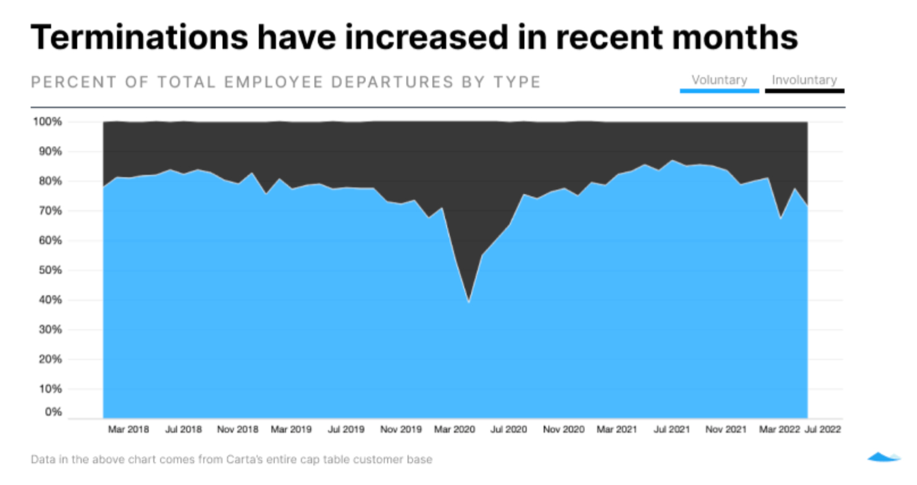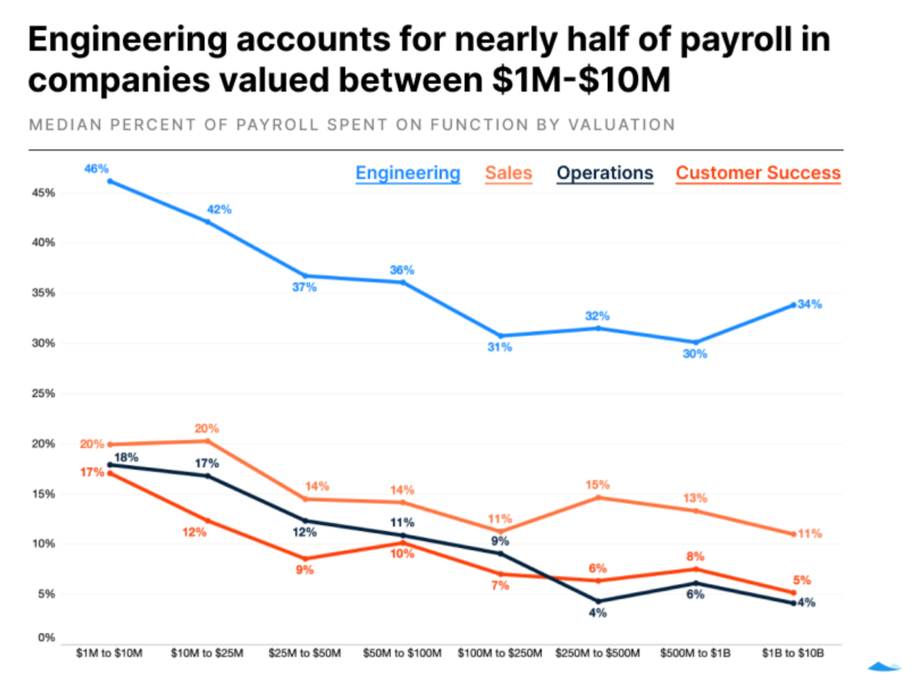New data indicates that startups are laying off more staff. That said, the pace of layoffs is modest compared with the early-2020 economic correction. As COVID locked down many nations for the first time, the global economy shuddered and startups were left to deal with an immensely changed world effectively overnight.
Layoffs at companies like Toast, Airbnb, TripActions and others were symbolic of how some still-private companies found their markets effectively shuttered overnight. (Both Airbnb and Toast recovered and went public; TripActions evolved into a more general corporate spend service.)
TechCrunch+ is having an Independence Day sale! Save 50% on an annual subscription here. (More on TechCrunch+ here if you need it!)
The 2022 correction is different. It’s been slower to arrive, giving startups more time to adjust to changing market conditions. And it was presaged by falling public markets that, we presume, allowed some private companies to conserve cash in anticipation of, say, a more conservative funding market. The result is a more mild pace of layoffs.
 In a dataset covering the startup labor market from Carta — which sells software to assist companies in managing their capitalization tables — it is clear that while layoffs are accelerating in the private markets, the cuts are simply not occurring as fast as they did in 2020. Nor are they near the same absolute pace when viewed as a percentage of total startup employee exits.
In a dataset covering the startup labor market from Carta — which sells software to assist companies in managing their capitalization tables — it is clear that while layoffs are accelerating in the private markets, the cuts are simply not occurring as fast as they did in 2020. Nor are they near the same absolute pace when viewed as a percentage of total startup employee exits.
Let’s chat through the data and then quickly peek at other data points regarding the rising prevalence of remote work and what portion of payroll unicorns spend on engineering talent. Cool? Let’s go.
The rising pace of startup layoffs
A few things to ask yourself before you look at the chart below. First: Were involuntary startup layoffs rising or falling ahead of the 2020 snap-correction? Furthermore, when did involuntary startup layoffs reach a local minimum as a portion of total startup staffing reductions?
The answers, as you can see are, respectively, rising and roughly the start of Q4 2021:

Indeed, we can see that involuntary startup layoffs were rising as a portion of total staffing changes far in advance of the 2020 COVID downturn. Which is a surprise, frankly, given what I recall about the tenor of the startup market at that time.
But then everything got turned up to 11 once venture investors realized that startups were still selling software despite more general economic concerns and public market investors discovered the same fact about larger technology concerns. Tech stocks went up, startups raised like mad, and involuntary terminations as a portion of all startup turnover fell for a long time.
Involuntary layoffs remained relatively few and far between until Q4 2021 kicked off, just ahead of when we started to wonder out loud if the value of tech companies had reached a peak. So, the point at which layoffs started to rise as a percentage of all changes to startup employment was loosely the same moment that everyone woke up and decided that paying 100x ARR was probably too much.
Finally, observe the huge spike in involuntary terminations in early 2020 compared to today; they are of two different substances entirely. Today’s startup terminations are Not Good for those who lost their jobs and show that startups are under more stress than before, but we should not forget just how much worse things were rather recently.
What else?
Two quick things, this fine Wednesday morning.
The first involves remote work, something that I must confess is near and dear to my heart. Per Carta, back in 2019, “about 35% of new [startup] hires were based in a different state than the primary company headquarters.” Today? Carta reports it’s 62%.
Naturally, there is a little wiggle room in precisely how this number correlates to remote work, but it’s close enough to detail a trend.
Finally, spending. When I natter with startup founders, they often stress to me how their upcoming hires are mainly engineering roles. I never know how to respond — it isn’t a sin to hire other staff, but what do I know? Anyway, it turns out that as startups scale, the portion of their payroll that goes to engineering roles declines over time. But not forever. Per Carta data, it bottoms at around the 30% to 33% mark:

This actually allows us to have a new rule of thumb: No matter how big your startup gets, you should earmark no less than a third of your payroll dollars for engineers. There is no scale discount, it turns out.































Comment